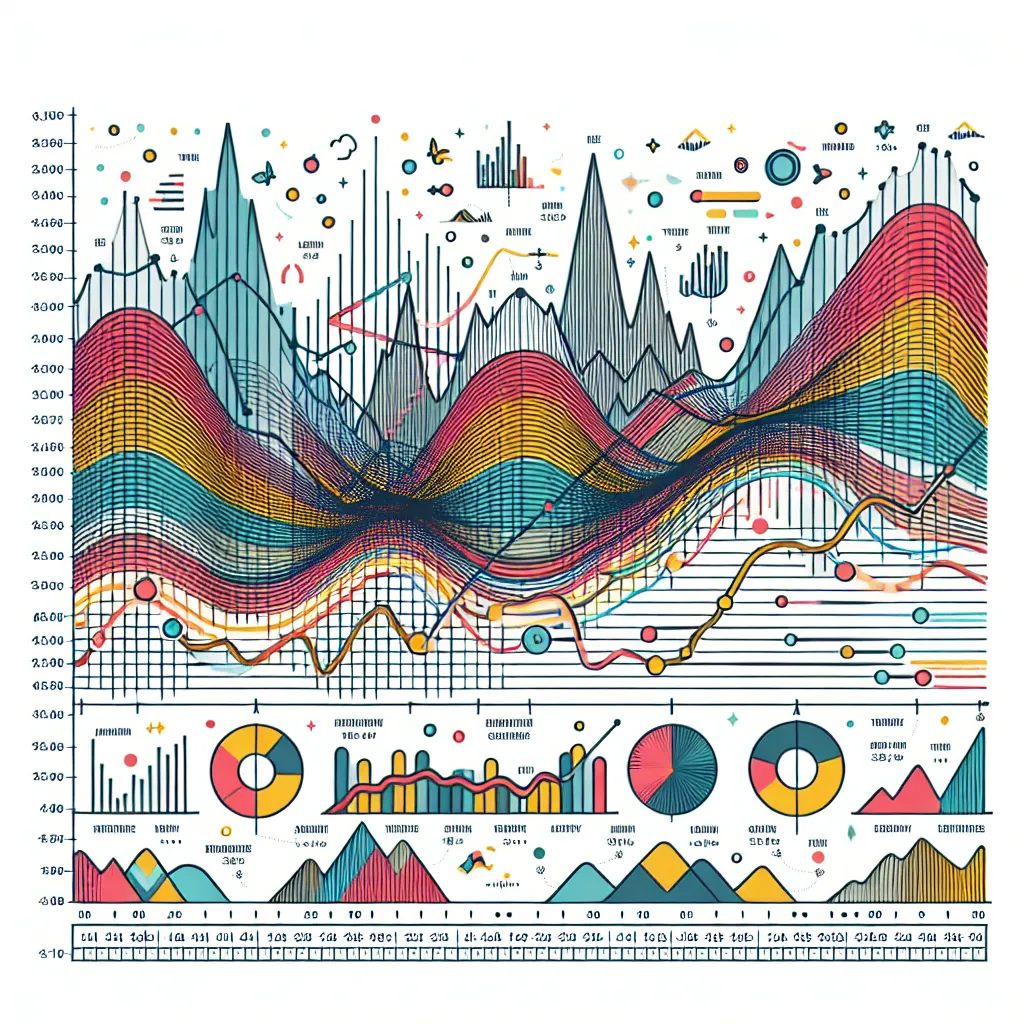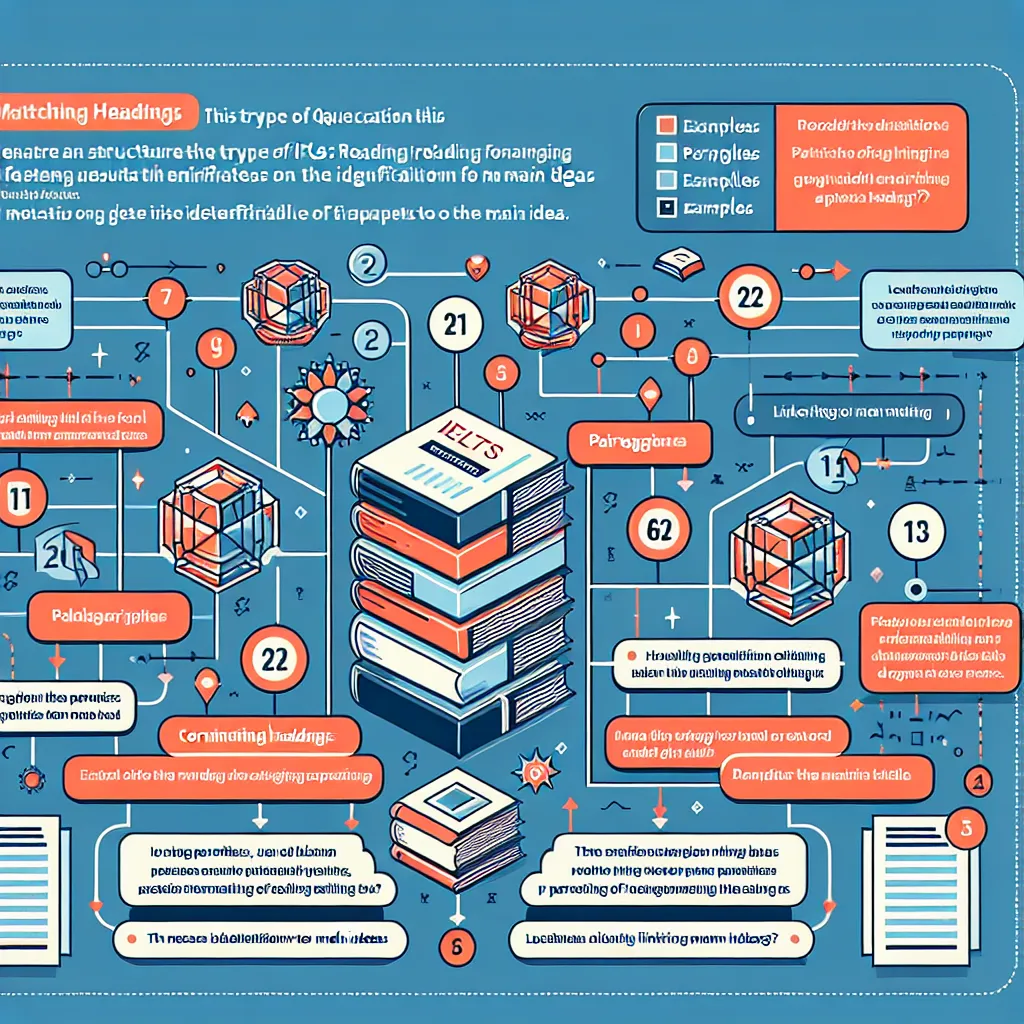Are you preparing for the IELTS Writing Task 1? One of the most challenging aspects of this task is effectively describing changes in graphs, charts, or diagrams. This comprehensive guide will help you master the art of describing changes, boosting your confidence and improving your score in the IELTS Writing Task 1.
Understanding the Importance of Describing Changes
In IELTS Writing Task 1, you’ll often encounter questions that require you to describe changes over time or compare different periods. Being able to accurately and effectively describe these changes is crucial for achieving a high score. It demonstrates your ability to analyze data, identify trends, and communicate information clearly in English.
 IELTS Writing Task 1 Graph
IELTS Writing Task 1 Graph
Key Vocabulary for Describing Changes
Verbs to Describe Changes
Using appropriate verbs is essential when describing changes. Here are some useful verbs to incorporate into your writing:
- Increase: rise, grow, climb, surge, soar
- Decrease: fall, decline, drop, plummet, plunge
- Remain stable: stay constant, maintain, remain steady
Example: “The number of international students in the UK rose steadily from 2010 to 2015.”
Adverbs to Describe the Degree of Change
Adverbs help to quantify the extent of change. Consider using these adverbs:
- Slight changes: slightly, marginally, gradually
- Moderate changes: noticeably, considerably, significantly
- Dramatic changes: sharply, dramatically, substantially
Example: “The price of oil dropped sharply in the first quarter of 2020.”
Describing Upward Trends
When describing upward trends, use positive language and appropriate vocabulary. Here are some phrases to consider:
- “There was a steady increase in…”
- “… showed an upward trend.”
- “… experienced a significant growth.”
- “… rose dramatically from X to Y.”
Example: “The number of smartphone users worldwide showed an upward trend, increasing from 3.6 billion in 2016 to 6.6 billion in 2022.”
Describing Downward Trends
For downward trends, use negative language and appropriate vocabulary:
- “There was a gradual decline in…”
- “… exhibited a downward trend.”
- “… saw a substantial decrease.”
- “… fell sharply from X to Y.”
Example: “The sales of physical books exhibited a downward trend, falling from 1 billion units in 2010 to 750 million in 2020.”
Describing Fluctuations
Sometimes, data may show fluctuations rather than a clear trend. Use these phrases to describe such changes:
- “… fluctuated between X and Y.”
- “There were significant fluctuations in…”
- “… experienced ups and downs throughout the period.”
- “… showed a volatile pattern.”
Example: “The stock market index fluctuated between 10,000 and 12,000 points throughout 2021, showing a volatile pattern.”
Using Comparatives and Superlatives
Comparatives and superlatives are essential for highlighting differences between data points:
- Comparatives: higher, lower, greater, less, more than, fewer than
- Superlatives: highest, lowest, greatest, least, most, fewest
Example: “Among all age groups, teenagers spent the most time on social media, with an average of 3 hours per day.”
Describing Static or Unchanging Data
Sometimes, you may need to describe data that shows little or no change:
- “… remained constant at X.”
- “There was no significant change in…”
- “… maintained a steady level of X.”
- “… stayed relatively stable throughout the period.”
Example: “The unemployment rate in Country A remained constant at 5% from 2018 to 2020.”
Tips for Effective Change Description
- Use a variety of vocabulary to avoid repetition.
- Be precise with numbers and percentages.
- Group similar trends together for clearer organization.
- Use transition words to connect ideas smoothly.
- Provide an overview of the main trends in your introduction.
Common Mistakes to Avoid
- Overusing the same vocabulary repeatedly.
- Describing every single data point instead of focusing on key trends.
- Neglecting to provide an overview of the main changes.
- Using informal language or exaggeration.
- Offering personal opinions or speculating about reasons for changes.
Practice Exercises
To improve your skills in describing changes, try these exercises:
- Find a graph or chart online and practice describing the main changes in writing.
- Create a list of synonyms for common change-related words.
- Rewrite sample Task 1 responses, focusing on improving the language used to describe changes.
Conclusion
Mastering the art of describing changes in IELTS Writing Task 1 is crucial for achieving a high score. By using a diverse range of vocabulary, understanding different types of trends, and practicing regularly, you can significantly improve your ability to analyze and describe data effectively. Remember to focus on key trends, use appropriate language, and provide a clear overview of the main changes. With these skills, you’ll be well-prepared to tackle any IELTS Writing Task 1 question with confidence.
[internal_links]
For more tips on improving your IELTS Writing skills, check out our guides on IELTS Writing Task 2 strategies and common IELTS Writing mistakes to avoid.
[/internal_links]




